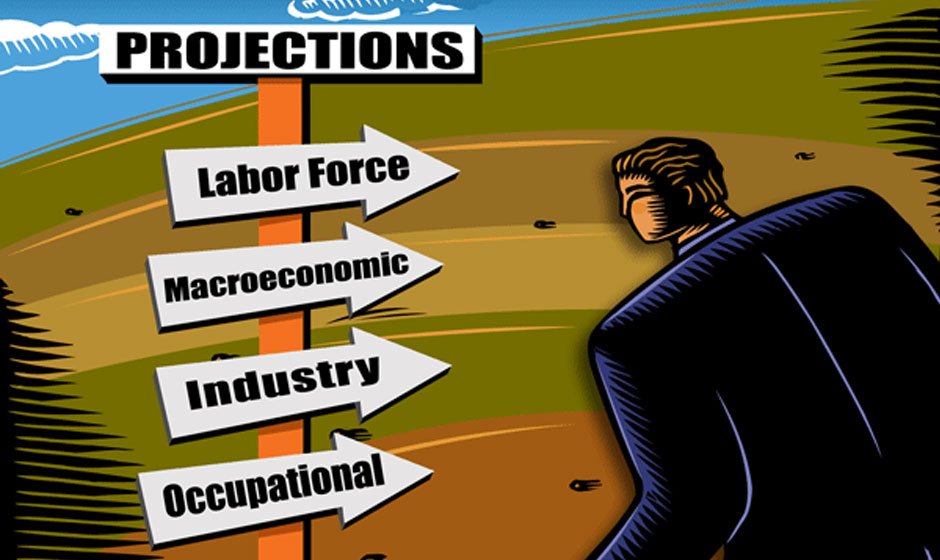The Relationship Between Economic Indicators and Employment Trends

Economic indicators provide vital insights into the health of the economy, impacting employment trends significantly. Understanding these indicators is crucial for businesses and policymakers alike, as they influence decisions related to hiring, investment, and economic policies. This article explores the relationship between economic indicators and employment trends, highlighting their importance in shaping the workforce landscape. Visit the Home Page of Immediate Growth which sheds light on how economic indicators influence job market trends, offering valuable guidance.
Impact of Economic Indicators on Employment
The impact of economic indicators on employment is profound and multifaceted, with various indicators providing critical insights into the health of the job market. One of the key indicators is Gross Domestic Product (GDP), which measures the total value of goods and services produced within a country. A growing GDP often translates to increased job creation, as businesses expand to meet rising demand. Conversely, a declining GDP can lead to job losses as companies downsize to cope with shrinking demand.
The unemployment rate is another crucial indicator, measuring the percentage of the labor force that is actively seeking employment but unable to find work. A high unemployment rate typically signifies a weak economy, leading to reduced consumer spending and further job cuts. Conversely, a low unemployment rate indicates a strong economy with ample job opportunities.
The Consumer Price Index (CPI) is also significant, as it measures changes in the prices of goods and services over time. Inflation, as reflected in the CPI, can impact employment trends by affecting consumer purchasing power. High inflation may lead to higher production costs for businesses, potentially resulting in job cuts to maintain profitability.
Other economic indicators, such as industrial production and retail sales, also influence employment trends. For example, a decline in industrial production may lead to layoffs in the manufacturing sector, while weak retail sales can result in job losses in the retail industry. Overall, economic indicators provide valuable insights into the health of the economy and its impact on employment.
Understanding the impact of these indicators is crucial for businesses and policymakers alike. Businesses can use this information to anticipate changes in the job market and adjust their hiring strategies accordingly. Policymakers can use it to formulate effective economic policies that promote job creation and economic growth. By staying informed about economic indicators and their impact on employment, stakeholders can make informed decisions that benefit both the economy and the workforce.
Forecasting Future Employment Trends
Forecasting future employment trends is a multifaceted process that involves analyzing various economic indicators and trends to anticipate the direction of the job market. One method used by economists and policymakers is trend analysis, which involves examining historical data to identify patterns and predict future outcomes. By looking at how certain economic indicators have behaved in the past in relation to employment levels, analysts can make educated guesses about future trends. For example, if a particular indicator has consistently preceded changes in employment, it may be used to forecast future trends.
Another method used to forecast future employment trends is econometric modeling, which employs statistical techniques to analyze the relationship between different variables and predict future outcomes. These models can incorporate a wide range of factors, such as GDP growth, inflation rates, and consumer spending habits, to forecast future employment trends. However, forecasting future employment trends is not without its challenges. Economic indicators are often subject to revisions, which can impact the accuracy of forecasts. Additionally, unforeseen events, such as natural disasters or geopolitical conflicts, can have profound effects on the economy and are difficult to predict.
Despite these challenges, forecasting future employment trends remains a crucial tool for businesses, policymakers, and individuals. By staying abreast of economic indicators and trends, businesses can make informed decisions about hiring and expansion plans. Policymakers can use this information to develop effective economic policies, while individuals can use it to make informed decisions about their careers and financial futures. Overall, forecasting future employment trends plays a vital role in shaping the workforce landscape and ensuring sustainable economic growth.
Conclusion
In conclusion, the relationship between economic indicators and employment trends is intricate and impactful. By monitoring key indicators such as GDP, unemployment rate, and CPI, stakeholders can anticipate changes in the job market and make informed decisions. A thorough understanding of these indicators is essential for navigating the complexities of the economy and ensuring sustainable growth.



